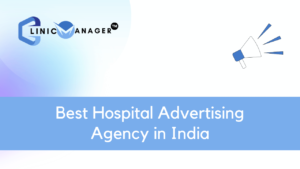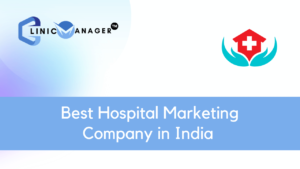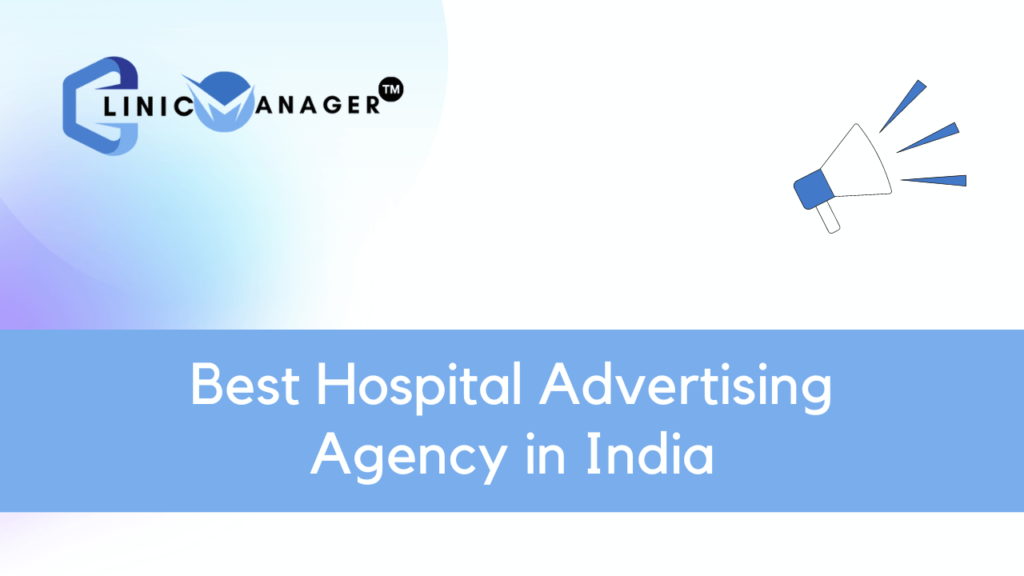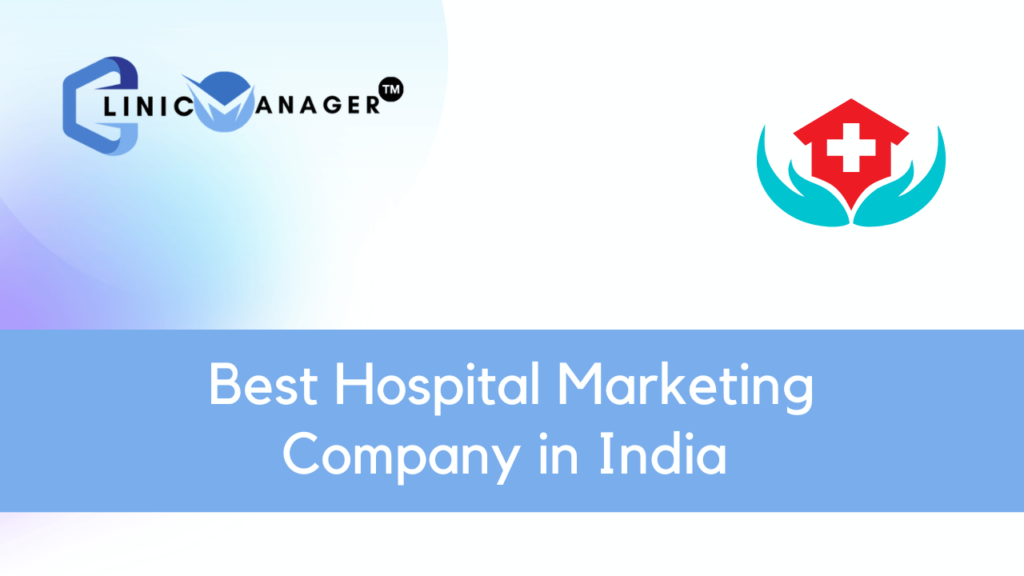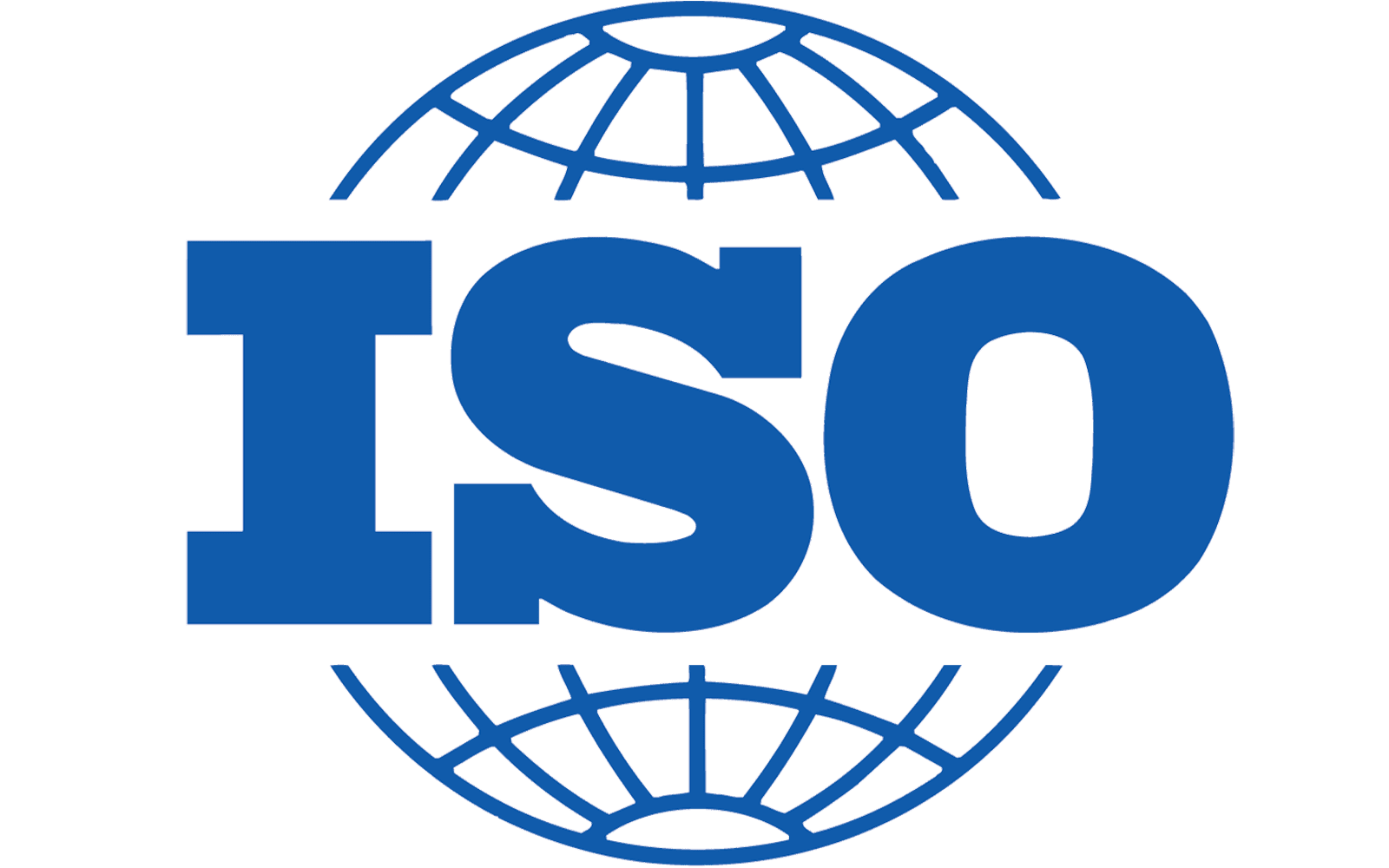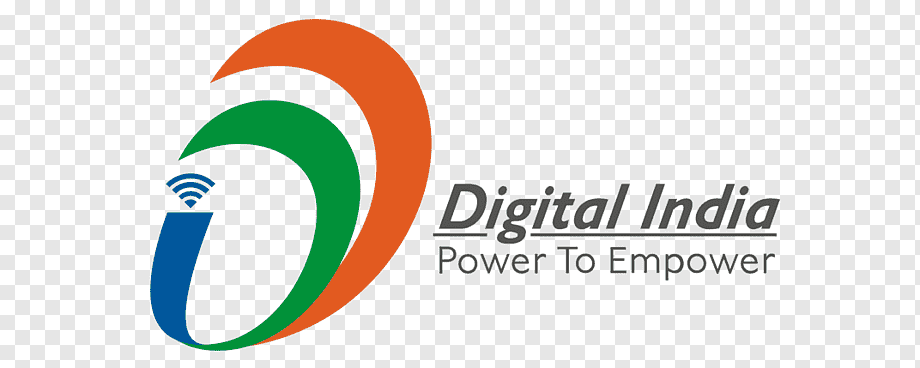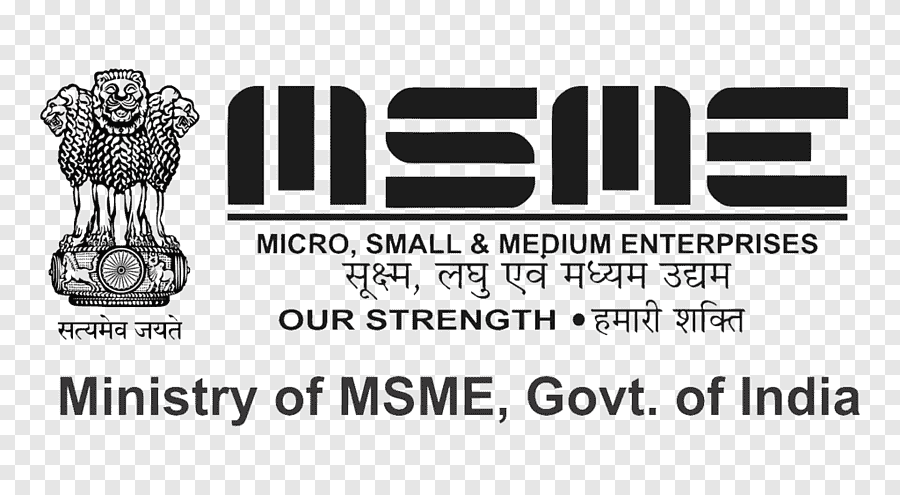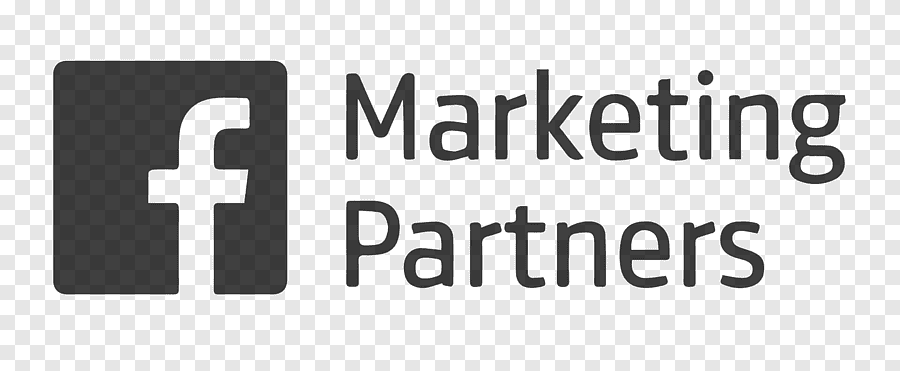Overview
In today’s competitive Digital Market, performance marketing is essential to effectively promoting healthcare companies. Companies in the healthcare industry need to use strategic marketing tactics that yield quantifiable results in order to compete in the face of rising costs and shifting consumer preferences. Healthcare brands may maximize their marketing efforts, boost their brand’s visibility, and generate meaningful conversions with the help of performance marketing, which is data-driven and results-oriented. This essay delves into why performance marketing for healthcare brands is crucial, how it works, and what it can do for you.
ClinicManager™ is an increasingly competitive healthcare industry, performance marketing offers healthcare brands the opportunity to stand out and reach their target audience effectively. By focusing on measurable outcomes and optimizing marketing efforts, performance marketing helps healthcare brands achieve their business objectives while ensuring a strong return on investment (ROI). Let’s delve deeper into the key aspects of performance marketing for healthcare brands.
Understanding Performance Marketing
The goal of performance marketing for healthcare brands is to increase business outcomes like traffic, leads, and sales by focusing on measurable KPIs. Performance marketing, in contrast to more conventional approaches, places a premium on actual, quantifiable outcomes as opposed to more abstract metrics like reach and impressions. This method helps healthcare companies put their marketing dollars where they will have the greatest impact, directly into the channels and techniques that actually work.
The capacity to precisely monitor the results of advertising efforts is what sets performance marketing apart. The success of healthcare marketing campaigns can be better understood with the help of modern analytics and tracking tools. With this much insight, they can make data-driven judgments and fine-tune their tactics.
Performance marketing helps healthcare companies make better use of their budgets, which is one of its main benefits. Broad-based advertising campaigns are a staple of traditional marketing strategies with the expectation of reaching a sizable enough audience to generate sales. This method, however, might be pricey and may not even work. Performance marketing, on the other hand, lets healthcare companies zero in on the people who are most likely to interact with their brand and take the necessary activities.
By using performance marketing, healthcare companies may zero in on the metrics that matter most to their bottom line. Key performance indicators might include things like ROI, conversion rates, and click-through rates. Healthcare companies may make sure their marketing is on track with their overarching strategy and producing tangible results by creating specific, quantifiable objectives.
And because of the dynamic nature of performance marketing, healthcare companies may make instantaneous adjustments to their programs. Brands may increase the efficiency of their advertising campaigns by keeping close tabs on how well those campaigns are doing. With this iterative method, adjustments and optimizations may be made on the go, leading to better campaign results over time.
One of performance marketing’s most useful features is its ability to narrow in on certain subsets of an audience and provide highly relevant communications to them. Healthcare companies may better connect with their audience by producing content that is both relevant and customised using data and insights. This level of personalization boosts interaction and leads to more sales.
Targeted Audience Identification
Identifying and understanding the target audience is a crucial step in performance marketing for healthcare brands. By creating detailed buyer personas, healthcare marketers can gain valuable insights into the demographics, preferences, and behaviours of their audience. This information plays a vital role in tailoring marketing campaigns and messages to resonate with the target audience, resulting in higher levels of engagement and increased conversions.
To begin with, creating buyer personas involves conducting thorough research and analysis of the target market. Healthcare marketers delve into various data sources, such as market research reports, customer surveys, and social media analytics, to gather relevant information about their audience. This includes demographic details such as age, gender, location, income level, and educational background. Additionally, it involves understanding their psychographic traits, such as their values, motivations, challenges, and aspirations.
By compiling this data, healthcare marketers can develop detailed profiles that represent their ideal customers. These profiles, known as buyer personas, serve as fictional representations of specific segments within the target audience. Each persona embodies a distinct set of characteristics, enabling marketers to create personalized marketing strategies and messages that resonate with the needs and desires of each segment.
By understanding the demographics, preferences, and behaviours of the target audience through buyer personas, healthcare marketers can create targeted and relevant content that speaks directly to their audience’s interests and concerns. This level of personalization enhances the effectiveness of marketing campaigns by capturing the attention of the audience and fostering a sense of connection and relevance.
For example, if the target audience consists of young adults who are health-conscious and actively seeking preventive healthcare solutions, healthcare marketers can tailor their messaging to highlight the importance of proactive wellness and the benefits of preventive screenings. By leveraging the preferences and behaviours identified through buyer personas, marketers can craft compelling content that addresses the specific pain points and aspirations of the target audience.
Moreover, understanding the target audience through buyer personas enables healthcare marketers to select the most appropriate marketing channels and platforms to reach their audience effectively. For instance, if the target audience primarily engages with social media platforms, marketers can allocate resources towards social media marketing campaigns that leverage engaging content, influencer partnerships, and interactive experiences.
Setting Performance Goals
To measure the success of performance marketing efforts, healthcare brands need to establish clear and actionable performance goals. These goals serve as benchmarks and guideposts for evaluating the effectiveness of marketing campaigns and initiatives. By setting realistic and measurable goals, healthcare marketers can track their progress, make data-driven optimizations, and ensure that their performance marketing efforts align with their overall business objectives.
The specific performance goals for healthcare brands can vary depending on their unique circumstances and marketing objectives. Some common goals include increasing website traffic, generating leads, driving conversions, improving brand awareness, enhancing customer engagement, and maximizing return on investment (ROI). It is important for healthcare marketers to align these goals with the overall marketing strategy and the specific needs of the brand.
When setting performance goals, it is crucial to make them specific, measurable, attainable, relevant, and time-bound (SMART). Specific goals provide clear direction and focus, while measurable goals allow for tracking progress and assessing performance. Attainable goals ensure that they are realistically achievable within the given resources and constraints. Relevant goals are aligned with the brand’s marketing objectives and overall business strategy. Time-bound goals have a defined timeframe, which creates a sense of urgency and enables effective monitoring of progress.
For instance, a healthcare brand may set a performance goal of increasing website traffic by 20% within a six-month timeframe. This goal is specific (increasing website traffic), measurable (20% increase), attainable (based on available resources and marketing strategies), relevant (aligned with the brand’s objective of expanding online presence), and time-bound (six-month timeframe). By setting such a goal, the brand can monitor the website traffic regularly, assess the effectiveness of its marketing efforts, and make necessary adjustments to achieve the desired outcome.
Measuring the progress towards performance goals requires the use of relevant key performance indicators (KPIs) and analytics tools. KPIs can include metrics such as website traffic, click-through rates, conversion rates, cost per acquisition, customer engagement metrics, and ROI. By regularly monitoring these metrics, healthcare marketers can gain valuable insights into the effectiveness of their performance marketing efforts and identify areas for improvement.
Data-driven optimizations play a critical role in achieving performance goals. By analyzing the performance metrics, healthcare marketers can identify patterns, trends, and areas of underperformance. This allows them to make data-driven decisions and implement optimizations to improve campaign performance. Optimization strategies may involve adjusting targeting parameters, refining ad creatives, optimizing landing pages, testing different messaging variations, or reallocating the budget to more effective channels.
Implementing Tracking and Analytics
To effectively measure the performance of their marketing efforts and make informed decisions, healthcare brands need to implement robust tracking and analytics systems. These systems enable marketers to gather valuable data and insights about website traffic, user behaviour, and conversion rates. By leveraging tools like Google Analytics, healthcare marketers can monitor key metrics, identify successful marketing channels and strategies, and make data-driven adjustments to optimize their campaigns.
Implementing a tracking and analytics system is essential for healthcare brands to gain a comprehensive understanding of their marketing performance. Google Analytics, for example, provides valuable information about website traffic, including the number of visitors, their geographic location, the sources that drove them to the site, and the pages they visited. This data allows marketers to evaluate the effectiveness of different marketing channels, such as search engine optimization (SEO), paid advertising, social media campaigns, and email marketing.
In addition to website traffic, analytics tools like Google Analytics provide insights into user behaviour. Marketers can analyze metrics such as bounce rate, time spent on site, and pages per session to understand how engaged visitors are with the content. This information helps identify areas for improvement, such as optimizing website navigation, enhancing user experience, or creating more compelling and relevant content.
Furthermore, tracking and analytics systems enable healthcare brands to measure conversion rates and understand the effectiveness of their marketing campaigns in driving desired actions. For example, by setting up conversion tracking in Google Analytics, marketers can monitor specific actions like form submissions, appointment bookings, or product purchases. This data allows them to assess the performance of different marketing channels and campaigns, identify bottlenecks in the conversion process, and make informed optimizations to improve conversion rates.
The data collected through tracking and analytics systems empowers healthcare marketers to make data-driven decisions and optimize their campaigns effectively. By analyzing the performance metrics, marketers can identify which marketing channels and strategies are generating the highest return on investment (ROI) and allocate their resources accordingly. For example, if a particular social media campaign is driving significant traffic and conversions, marketers can invest more resources in that channel and refine their messaging to further enhance performance.
Regular monitoring of key performance indicators (KPIs) is crucial for healthcare brands to stay informed about the effectiveness of their marketing efforts. KPIs can include metrics such as click-through rates, conversion rates, cost per acquisition, customer lifetime value, and return on ad spend. By establishing benchmarks and tracking these metrics over time, healthcare marketers can measure the success of their campaigns, identify trends, and make data-driven adjustments to optimize their marketing strategies.
Leveraging Search Engine Optimization (SEO)
Search Engine Optimization (SEO) is a fundamental aspect of performance marketing for healthcare brands. By implementing effective SEO strategies, healthcare brands can enhance their online presence and improve their organic visibility on search engine results pages (SERPs). This, in turn, leads to increased website traffic from users who are actively searching for relevant healthcare information, products, or services.
One of the primary goals of SEO is to optimize the website content to align with the algorithms and ranking factors used by search engines like Google. Healthcare brands can achieve this by conducting keyword research to identify the terms and phrases that their target audience is using when searching for healthcare-related topics. By incorporating these keywords strategically into their website content, brands can improve their chances of appearing in search results when users enter relevant queries.
In addition to keyword optimization, healthcare brands should focus on optimizing their website structure and user experience. This involves ensuring that the website is mobile-friendly, loads quickly, and has intuitive navigation. Search engines prioritize websites that provide a positive user experience, so optimizing these aspects can have a significant impact on search rankings.
Another crucial aspect of SEO is creating high-quality and informative content. Healthcare brands should strive to produce content that addresses the needs and interests of their target audience. By providing valuable and relevant information, brands can establish themselves as authoritative sources in their respective healthcare niches. This not only helps improve search engine rankings but also fosters trust and credibility among users.
Backlink building is another important aspect of SEO for healthcare brands. Search engines consider backlinks (links from other reputable websites to your site) as a signal of credibility and relevance. Healthcare brands can work on building relationships with authoritative websites and industry influencers to earn valuable backlinks. This can be achieved through guest posting, content partnerships, or participating in industry events and conferences.
Local SEO is particularly relevant for healthcare brands with physical locations. Optimizing for local search involves ensuring that the brand’s business information (name, address, phone number) is consistent across online directories and platforms. This helps search engines understand the brand’s geographical relevance and improves its visibility for users searching for healthcare services in specific locations.
By implementing effective SEO strategies, healthcare brands can achieve several benefits. First and foremost, improved organic visibility on SERPs increases the brand’s exposure to potential customers actively seeking healthcare-related information or services. This targeted traffic has a higher likelihood of conversion since users are already interested in the specific offerings provided by the brand.
Additionally, SEO helps healthcare brands establish themselves as authorities in their industry. By consistently producing high-quality content and optimizing their website, brands can attract and engage users, fostering long-term relationships and brand loyalty. This, in turn, can lead to positive word-of-mouth referrals and increased brand recognition.
Pay-Per-Click (PPC) Advertising
PPC (Pay-Per-Click) advertising offers healthcare brands the opportunity to showcase tailored advertisements on search engines and various digital platforms. This form of advertising operates on a model where advertisers are only charged when users click on their ads, making it a cost-effective marketing strategy. By employing strategic keyword selection, crafting engaging ad copy, and optimizing landing pages, healthcare brands can effectively drive high-quality traffic to their websites and generate valuable leads.
One of the key advantages of PPC advertising for healthcare brands is the ability to target specific audiences. By carefully selecting relevant keywords related to their products, services, or target demographic, healthcare advertisers can ensure their ads are displayed to users actively searching for related information. This targeted approach increases the likelihood of attracting users who are genuinely interested in the healthcare brand’s offerings, leading to a higher probability of conversion.
Creating compelling ad copy is another critical aspect of successful PPC campaigns in the healthcare industry. Advertisers must craft concise and persuasive messages that effectively communicate their unique selling points, benefits, and value propositions. Highlighting the brand’s expertise, exceptional services, or innovative solutions can capture the attention of potential customers and entice them to click on the ad.
Moreover, optimizing landing pages is crucial for converting the traffic generated through PPC advertising. When users click on a PPC ad, they should be directed to a landing page that aligns with the ad’s messaging and provides a seamless user experience. The landing page should be designed to encourage users to take the desired action, such as signing up for a newsletter, scheduling an appointment, or making a purchase. Clear and compelling calls-to-action, relevant content, and easy navigation are key elements of an optimized landing page.
By effectively implementing PPC advertising strategies, healthcare brands can benefit from increased visibility, targeted audience reach, and improved lead generation. Furthermore, the pay-per-click model ensures that advertisers only incur costs when users actively engage with their ads, providing a measurable return on investment. By continuously monitoring and refining PPC campaigns based on performance metrics, healthcare brands can optimize their advertising efforts and achieve long-term success in the digital landscape.
Social Media Marketing
Social media platforms offer healthcare brands a valuable opportunity to connect with their target audience and establish brand recognition. Through the development of a comprehensive social media marketing strategy, brands can create engaging content, share informative resources, and actively interact with their followers. Leveraging social media marketing allows healthcare brands to capitalize on user-generated content and forge partnerships with influencers, ultimately expanding their reach and impact.
One of the primary benefits of social media marketing for healthcare brands is the ability to create and distribute compelling content. By crafting relevant and informative posts, healthcare brands can provide value to their audience and establish themselves as trusted sources of information. This can involve sharing health tips, news updates, educational articles, and engaging visuals that resonate with their target demographic. By consistently delivering valuable content, brands can foster a sense of loyalty and engagement among their social media followers.
Moreover, social media platforms enable healthcare brands to interact directly with their audience. By promptly responding to comments, messages, and inquiries, brands can demonstrate their commitment to customer service and build meaningful connections with their followers. This engagement helps to humanize the brand and establish a positive reputation within the social media community. Additionally, by actively participating in discussions and addressing concerns, healthcare brands can foster a sense of trust and credibility among their audience.
User-generated content (UGC) plays a vital role in social media marketing for healthcare brands. UGC refers to content created by users, such as reviews, testimonials, and experiences shared on social media. Healthcare brands can leverage UGC by encouraging their followers to share their stories, opinions, and success stories related to their products or services. Sharing UGC on their social media channels not only increases brand authenticity but also encourages further engagement and participation from their audience.
Furthermore, collaborating with influencers in the healthcare industry can significantly amplify a brand’s social media reach. Influencers, who have established credibility and a strong following, can promote healthcare brands to their audience, generating greater awareness and exposure. By partnering with, ClinicManager™ healthcare brands can leverage their expertise and social media influence to expand their reach and connect with new potential customers.
Content Marketing Strategy
A well-executed content marketing strategy plays a pivotal role in the success of performance marketing for healthcare brands. By consistently creating informative and captivating content, such as blog articles, videos, and infographics, healthcare brands can position themselves as authoritative thought leaders in their respective fields. This approach not only attracts the attention of their target audience but also helps in building trust and credibility among consumers. One of the key advantages of implementing a robust content marketing strategy in the healthcare industry is the ability to provide valuable information to the target audience. By developing high-quality content that addresses common health concerns, explains complex medical concepts, or offers practical tips for maintaining well-being, healthcare brands can establish themselves as reliable sources of knowledge. This expertise and willingness to educate the audience enhance the brand’s reputation and engender trust.
Moreover, engaging and informative content can help healthcare brands attract and retain the attention of their target audience. In an era where consumers have access to vast amounts of information, it is crucial for brands to stand out by offering content that is both valuable and engaging. By crafting compelling narratives, incorporating visual elements, and presenting information in a user-friendly manner, healthcare brands can capture and retain the interest of their audience. This increased engagement can lead to longer website visits, higher click-through rates, and a greater likelihood of conversion. By consistently delivering valuable content, healthcare brands can foster a sense of loyalty among their audience. When consumers perceive a brand as a reliable source of helpful information, they are more likely to return for future content consumption, seek out the brand’s products or services, and recommend the brand to others. This loyalty translates into long-term relationships and potentially transforms satisfied consumers into brand advocates.
Furthermore, a well-implemented content marketing strategy can positively impact search engine optimization (SEO) efforts. Search engines prioritize websites with relevant and high-quality content, resulting in better organic search rankings. By consistently producing valuable content that aligns with the target audience’s search queries and interests, healthcare brands can improve their visibility in search engine results pages (SERPs). This increased visibility enhances the brand’s online presence and drives more organic traffic to their website.
Email Marketing Campaigns
Email marketing continues to be a potent tool for healthcare brands to nurture relationships with their audience and drive conversions. By delivering personalized and relevant content directly to subscribers’ inboxes, healthcare brands can educate, inform, and promote their products or services effectively. Automated email workflows and segmentation can further enhance the effectiveness of email marketing campaigns.
One of the key advantages of email marketing for healthcare brands is the ability to deliver personalized content to subscribers. By collecting relevant information during the sign-up process or through user preferences, brands can tailor email content to meet the specific needs and interests of individual subscribers. Personalization can include addressing subscribers by name, offering personalized recommendations based on their previous interactions, or delivering content that aligns with their health concerns or demographic characteristics. This level of personalization creates a more engaging and relevant email experience, fostering stronger connections with subscribers.
Additionally, email marketing allows healthcare brands to educate and inform their audience about various health-related topics. Brands can send out newsletters, informative articles, or educational resources that provide valuable insights, tips, and guidance on maintaining a healthy lifestyle, managing specific conditions, or promoting preventive care. By positioning themselves as trusted sources of information, healthcare brands can establish credibility and authority, leading to increased customer loyalty and brand affinity.
Promotional emails are another effective way for healthcare brands to drive conversions. These emails can highlight special offers, new products or services, or upcoming events or webinars. By carefully crafting compelling email copy, incorporating persuasive call-to-action buttons, and providing clear instructions for the next steps, healthcare brands can encourage subscribers to take desired actions, such as scheduling appointments, making purchases, or signing up for programs or memberships. Well-designed promotional emails can significantly impact the conversion rate and contribute to the brand’s overall marketing objectives.
Automation and segmentation are crucial components of successful email marketing campaigns for healthcare brands. Automated email workflows allow brands to send targeted and timely emails based on predefined triggers or actions taken by subscribers. For example, a welcome email series can be triggered when a new subscriber joins the email list, providing them with introductory information and setting the tone for future communication. Segmentation, on the other hand, involves dividing the email list into specific segments based on factors such as demographics, interests, or previous engagement. This segmentation allows brands to deliver more relevant content to different segments, increasing the likelihood of engagement and conversion.
Influencer Partnerships
Influencer marketing has gained significant traction in recent years, and healthcare brands can leverage this strategy to expand their reach and build trust. Collaborating with influencers who have a strong presence in the healthcare industry allows brands to tap into their followers’ established trust and credibility. Influencers can promote healthcare products, share testimonials, and create engaging content that resonates with their audience.
Conversion Rate Optimization (CRO)
Conversion Rate Optimization (CRO) focuses on improving the percentage of website visitors who take the desired action, such as making a purchase or submitting a contact form. Healthcare brands can employ various CRO techniques, including A/B testing, user experience (UX) optimization, and persuasive copywriting, to enhance conversion rates. CRO ensures that the traffic driven by performance marketing efforts translates into tangible results.
Retargeting and Remarketing
Retargeting and remarketing enable healthcare brands to re-engage with users who have previously interacted with their website or digital assets. By displaying targeted ads to these users as they browse other websites or platforms, healthcare brands can reinforce their message, increase brand recall, and encourage conversions. Retargeting and remarketing campaigns complement performance marketing strategies by maximizing brand exposure and engagement.
Performance Monitoring and Optimization
Continuous monitoring and optimization are essential components of successful performance marketing for healthcare brands. By analyzing performance metrics, such as click-through rates, conversion rates, and return on ad spend, marketers can identify areas for improvement and implement necessary optimizations. This iterative approach ensures that healthcare brands achieve optimal results from their marketing campaigns.
Conclusion
Performance marketing has revolutionized the way healthcare brands promote themselves in the digital era. By focusing on measurable outcomes and leveraging data-driven strategies, healthcare marketers can optimize their marketing efforts and drive meaningful conversions. From targeted audience identification to performance monitoring and optimization, each step plays a crucial role in delivering successful performance marketing campaigns. By embracing performance marketing, ClinicManager™ can enhance its online presence, reach its target audience effectively, and achieve its business objectives.
Frequently Asked Questions (FAQs)
1. How can performance marketing benefit healthcare brands?
Performance marketing allows healthcare brands to measure and optimize their marketing efforts to achieve specific outcomes. It helps increase brand visibility, drive conversions, and maximize return on investment.
2. What role does SEO play in performance marketing for healthcare brands?
SEO helps healthcare brands improve their organic visibility on search engines, driving relevant traffic and increasing the chances of conversions. It ensures that brands appear prominently in search results for relevant keywords.
3. How can social media marketing contribute to the success of healthcare brands?
Social media marketing enables healthcare brands to engage with their target audience, build brand awareness, and leverage user-generated content and influencer partnerships to amplify their reach.
4. What is the significance of content marketing in performance marketing for healthcare brands?
Content marketing allows healthcare brands to establish thought leadership, build trust, and engage their audience. Valuable content attracts and retains the attention of potential customers, increasing brand credibility.
5. How can healthcare brands optimize their conversion rates?
Healthcare brands can optimize conversion rates through techniques like A/B testing, user experience optimization, persuasive copywriting, and targeted retargeting campaigns. These strategies encourage website visitors to take the desired actions and convert into customers.


